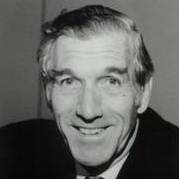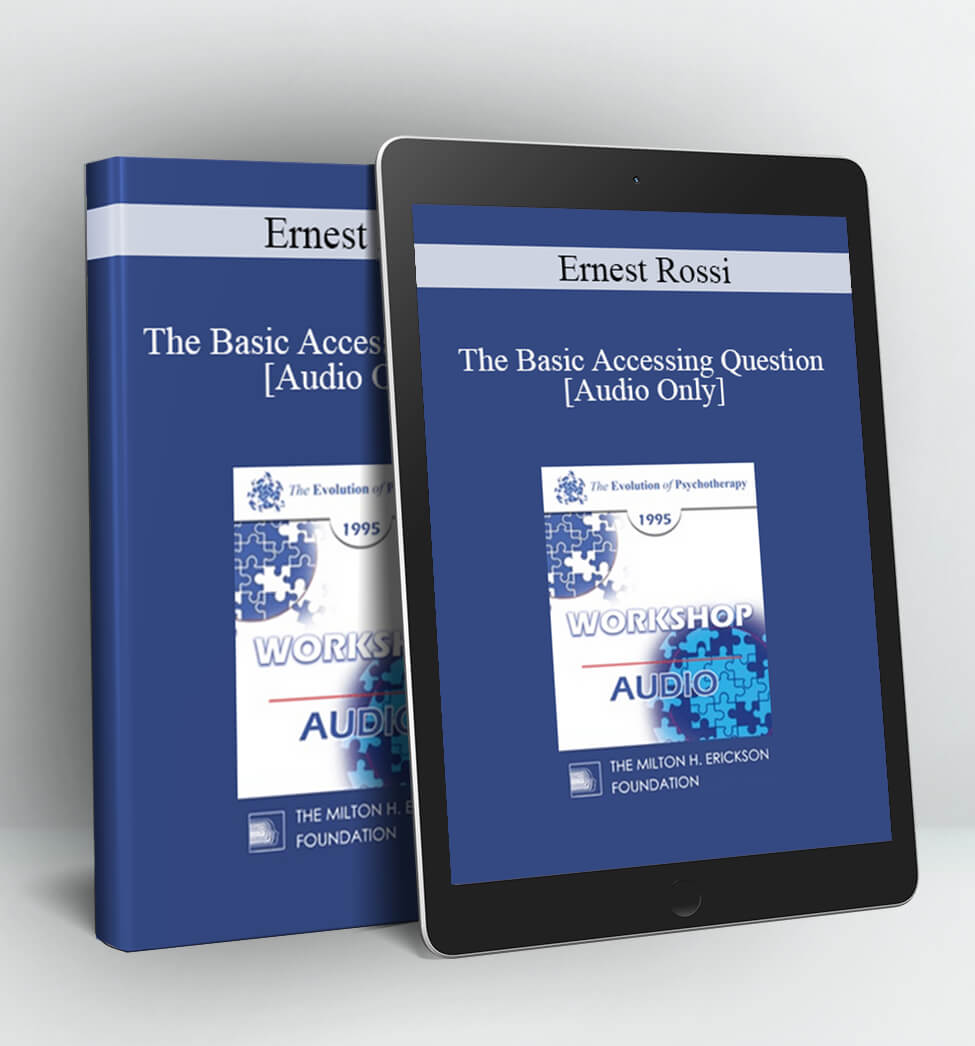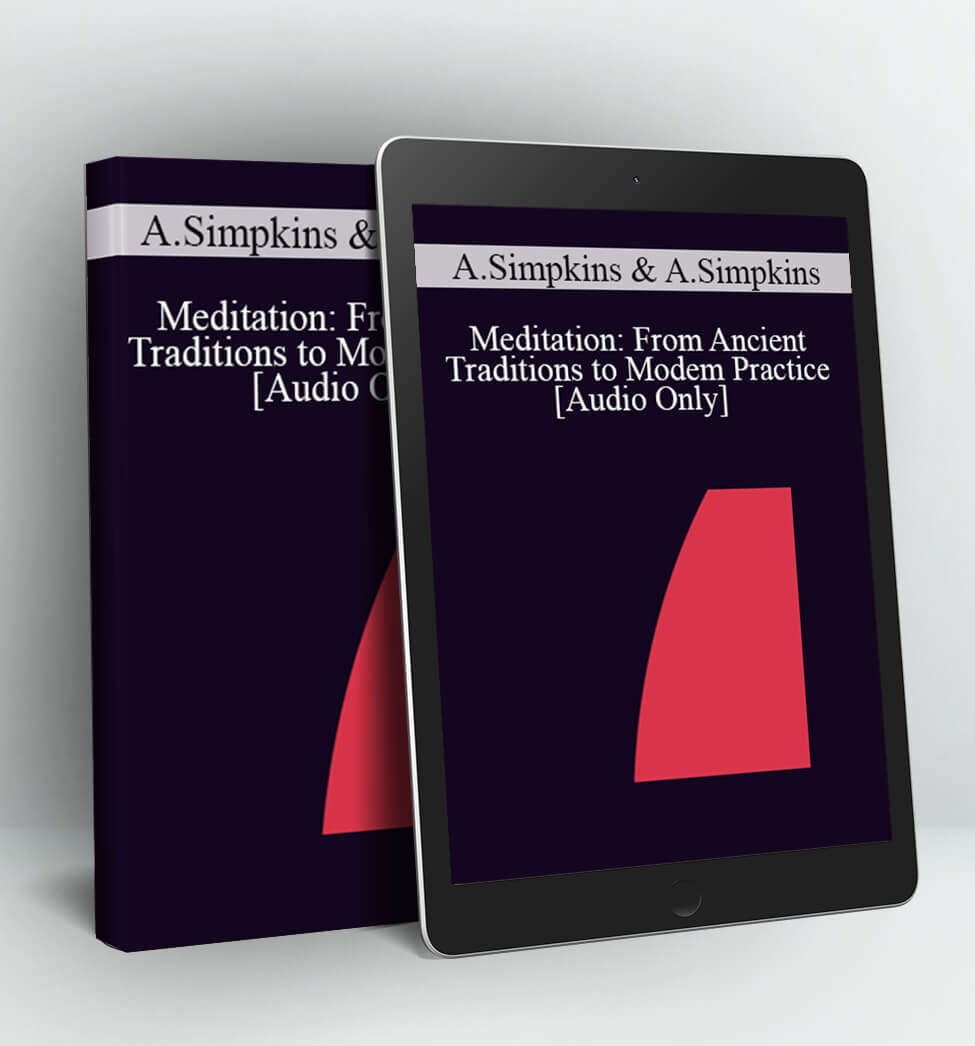
Paul Watzlawick, Ph.D. – EP00 Workshop 8 – Action Produces “Insight”
- Topic Areas:
- Workshop
- Category:
- Evolution of Psychotherapy | Evolution of Psychotherapy 2000
- Faculty:
- Paul Watzlawick, PhD
- Course Levels:
- Master Degree or Higher in Health-Related Field
- Duration:
- 14:00
- Format:
- Audio Only
- Original Program Date :
- May 25, 2000
Description
Description:
The above title is in clear contradiction to the classical assumption that change in the present can only be achieved by insight into the causes in the past. However, the suggestion to act differently in the problem situation (behavior prescriptions in the Ericksonian sense) may very well bring about a solution without any insight in the classical sense.
Educational Objectives:
- To describe the basis of action producing insight.
- To give three examples of this approach.
*Sessions may be edited for content and to preserve confidentiality*
Faculty

Paul Watzlawick, PhD Related seminars and products: 35
Paul Watzlawick, received his Ph.D. from the University of Venice in 1949. He has an Analyst's Diploma from the C.G. Jung Institute for Analytic Psychology in Zurich. Watzlawick has practiced psychotherapy for more than 30 years. He was research associate and principal investigator at the Mental Research Institute. He was Clinical Professor at the Department of Psychiatry and Behavioral Sciences, Stanford University Medical Center. Watzlawick is a noted family therapist; he is recipient of the Distinguished Achievement Award from the American Family Therapy Association. Also, he is author, co-author or editor of eight books on the topics of interactional psychotherapy, human communication and constructivist philosophy.
He formulated five axioms. They are:
- It is not possible to not communicate. Every behavior is some kind of non-verbal communication.
- Every communication has a content. In addition, there is 'metainformation', which says how the communicator wants to be understood.
- All partners involved in a communication process also interpret their own behaviour during communication.
- Human communication involves both verbal and non-verbal communication. In addition to the spoken words, there are is also a non-spoken part (gestures, behavior, intonation..) which is part of the communication.
- Communication between humans is either symmetric or complementary. This is based on whether the relationship of those communicating is based on differences or parity.
Access Download Paul Watzlawick, Ph.D. – EP00 Workshop 8 – Action Produces “Insight” right now!
Delivery Method:
After your purchase, you’ll get access to the downloads page. Here, you can download all the files associated with your order.
Downloads are available once your payment is confirmed, we’ll also send you a download notification email separate from any transaction notification emails you receive from Coursedownloads.










